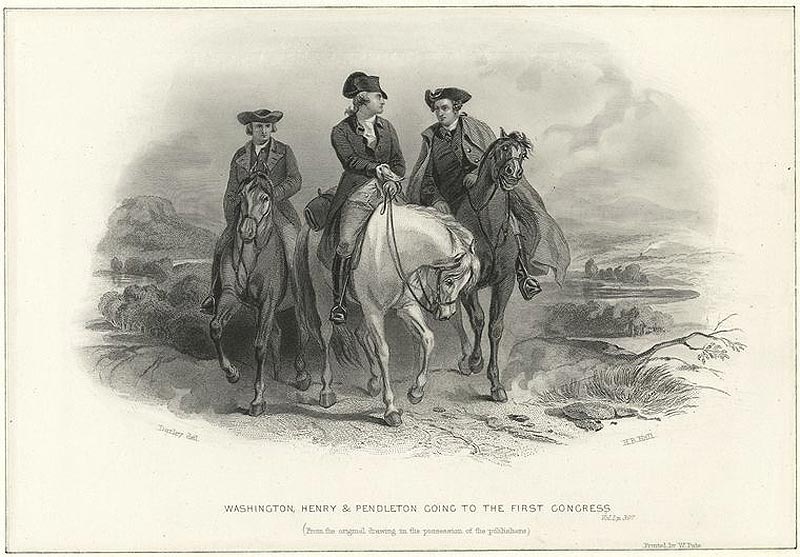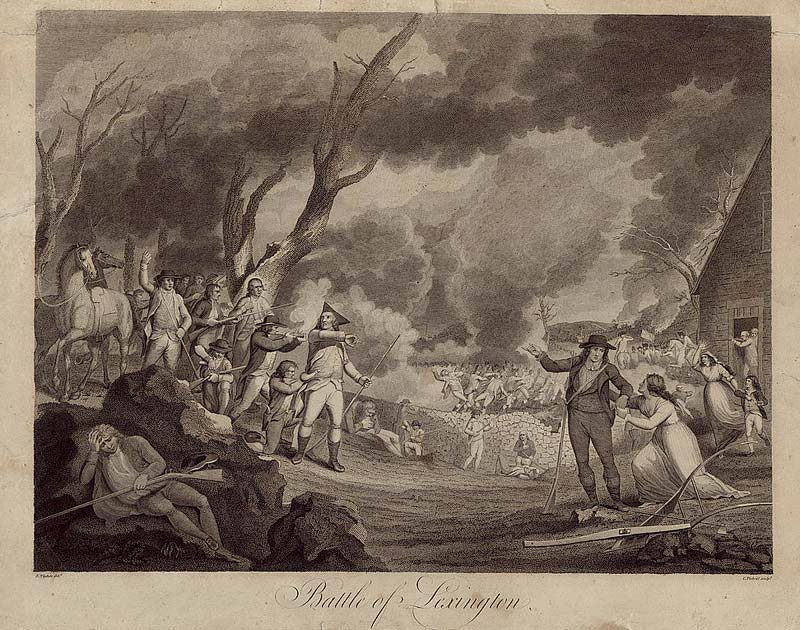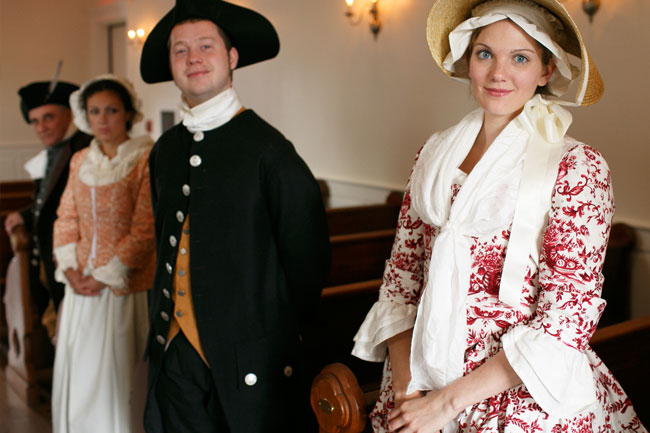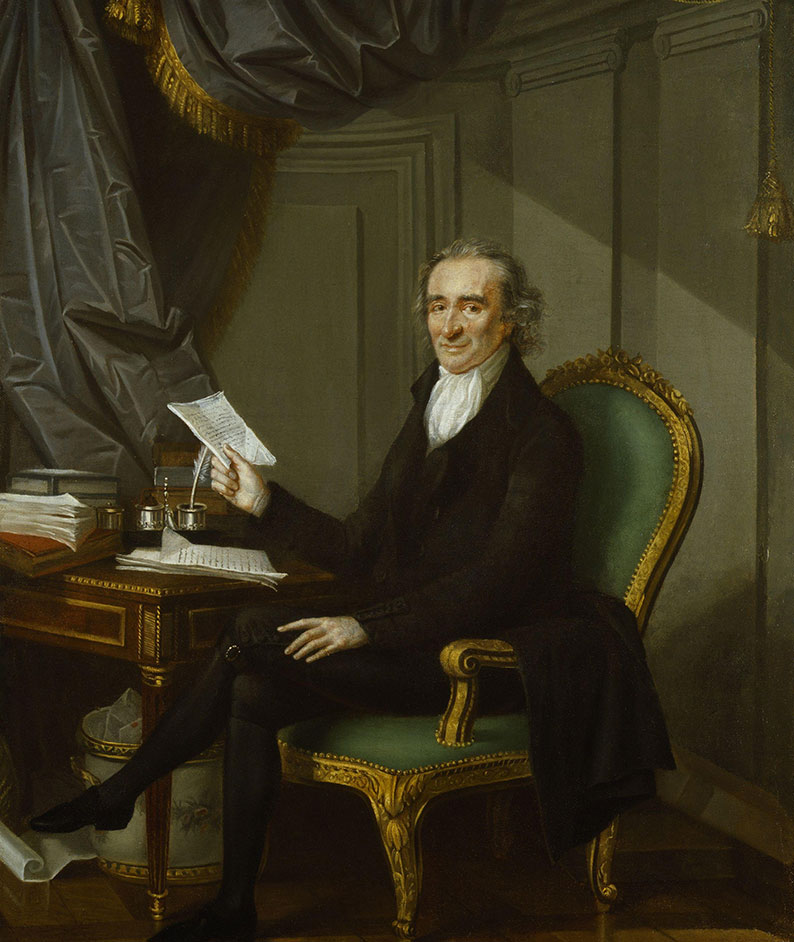An enduring myth is that liberty-loving farmers, settlers, and shopkeepers banded together and defeated the British army through sheer determination during the Revolutionary War. Although citizen militias played an important role in the conflict, the fledgling nation fielded a formal military force known as the Continental Army, America’s first army. Bearing much of the burden of fighting, the group fought the British from the Siege of Boston until Yorktown. Originally ill-trained and ill-equipped, the army had evolved by 1780 into a European-style military force capable of overcoming the best the British army could throw at it.






